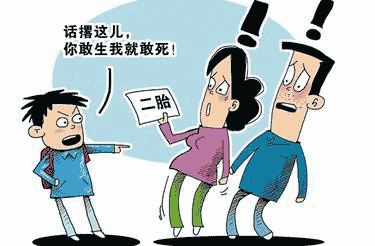On Feb. 5, the People’s Bank of China (PBC) lowered the bank’s reserve requirement ratio (RRR) by 50 basis points (bps). City commercial banks, non-county rural commercial banks and the Agricultural Development Bank of China got further cuts. According to economists this move will stimulate the economy and offset capital outflows. It is not the case that China has followed in the footsteps of the EU and unveiled its own “quantitative easing” policy.
In a situation where the main global economies have all engaged in their own form of loose monetary policy, there has been a high market expectation that China will lower its interest rate. Surprisingly, the country has cut the RRR instead.
"The causes of the move are increasing capital outflows, falling funds outstanding for foreign exchange, and tight money," said Lian Ping, chief economist of the Bank of Communication. He added that the PPP cut would unleash 700 billion yuan to the market to secure its fluidity. The move aimed at offsetting capital outflows.
"The move is a measure to prevent economic problems," said Li Daokui, director of the China and World Economic Research Center of Tsinghua University.
City commercial banks and non-country rural commercial banks that have met the lending target to small and micro enterprises received a further 50 bps cut. The Agricultural Development Bank of China, the sole policy bank for agriculture, got a further RRR cut of 4 percent.
This is the first time that PBC has combined an overall RRR cut and targeted RRR cut. The move is to reduce the financing cost of small and micro enterprises by lessening the burden on banks. Shen Jianguang, chief economist of Mizuho Securities Asia believes that the PBC’s related move is just to keep a neutral monetary policy. The cut delivers a message to the market that Chinese monetary is flexible.
As to whether PBC will lower its interest rate, Zong Liang, deputy director of international finance research center of Bank of China, said that there is little likelihood that the PBC will lower interest rate or reserve requirement ratio in a short term since it has many tools for monetary policy.
This article was edited and translated from 《降准并非跟风推中国版QE》, source: People's Daily Overseas Edition, Author:Zhou Xiaoyuan

 分享到人人
分享到人人 分享到QQ空间
分享到QQ空间

 恭喜你,发表成功!
恭喜你,发表成功!

 !
!

















